Simmered Daikon Radish with Chicken
This simmered Daikon Radish recipe with chicken in yuzu sauce is the most healthy delicious one-pot meal you’ll ever see. The daikon radish, simmered with juicy chicken and a touch of citrus yuzu sauce, tastes sweet, light, and refreshing. This dish is not only easy to make but also packed with many health benefits. If you are not able to get daikon or yuzu, I’ll show you the perfect substitute to enjoy this dish.
I guarantee you this is not a bland dish. If you want to expand your vegetable repertoire, look no further than this braised Daikon Radish with Chicken in the citrus sauce!
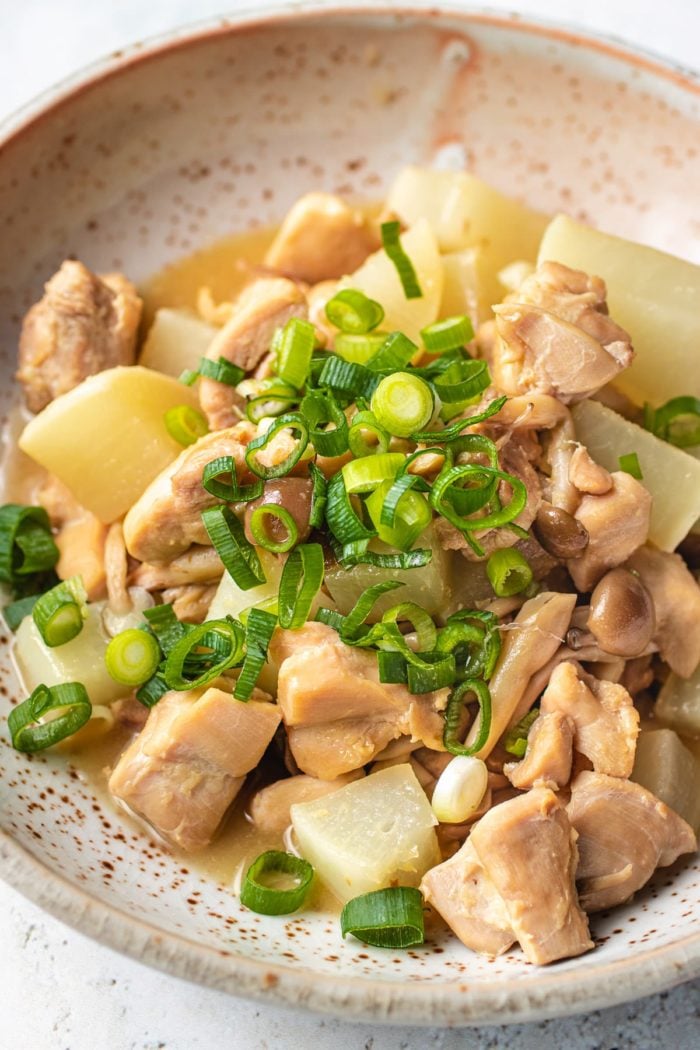
Simmered Daikon Radish Recipe
Daikon radish is a staple in Asian cooking. There are many ways to use this root vegetable but in my opinion, the best way to enjoy it is through simmering and braising or adding it to chicken soup.
Daikon turns sweet and much mild in flavor once it’s cooked. Because of its detoxifying and cleansing effect, daikon is often paired with meaty savory dishes or added to dipping sauce (after grated) to pair with fried foods like katsudon, hamburger steak, or bbq recipes. It helps balance a heavier dish with a lighter and more refreshing taste.
Recently I have seen more and more daikon showing up in my local western grocery stores and I realize not too many people know about this root vegetable or how to use it beyond a raw radish salad. So it inspires me to share today’s daikon radish recipe and bring a new way to enjoy this wonderful vegetable!
What does this dish taste like?
This recipe sounds fancy but it’s actually really easy to make with fewer than 10 ingredients. Imagine juicy chicken thighs simmered in its juice with sweet daikon radish and a touch of citrus yuzu juice. This dish tastes light and refreshing with a mild mandarin orange/grapefruit undertone from the yuzu juice.
Even if you can’t find daikon or have never heard of yuzu juice, I will show you how to enjoy this dish with substitute ingredients that you can find easily in your local stores and still make it taste amazing! This is an all-weather-friendly dish whether you enjoy it in winter or summer.
First, let’s get a few common questions answered.
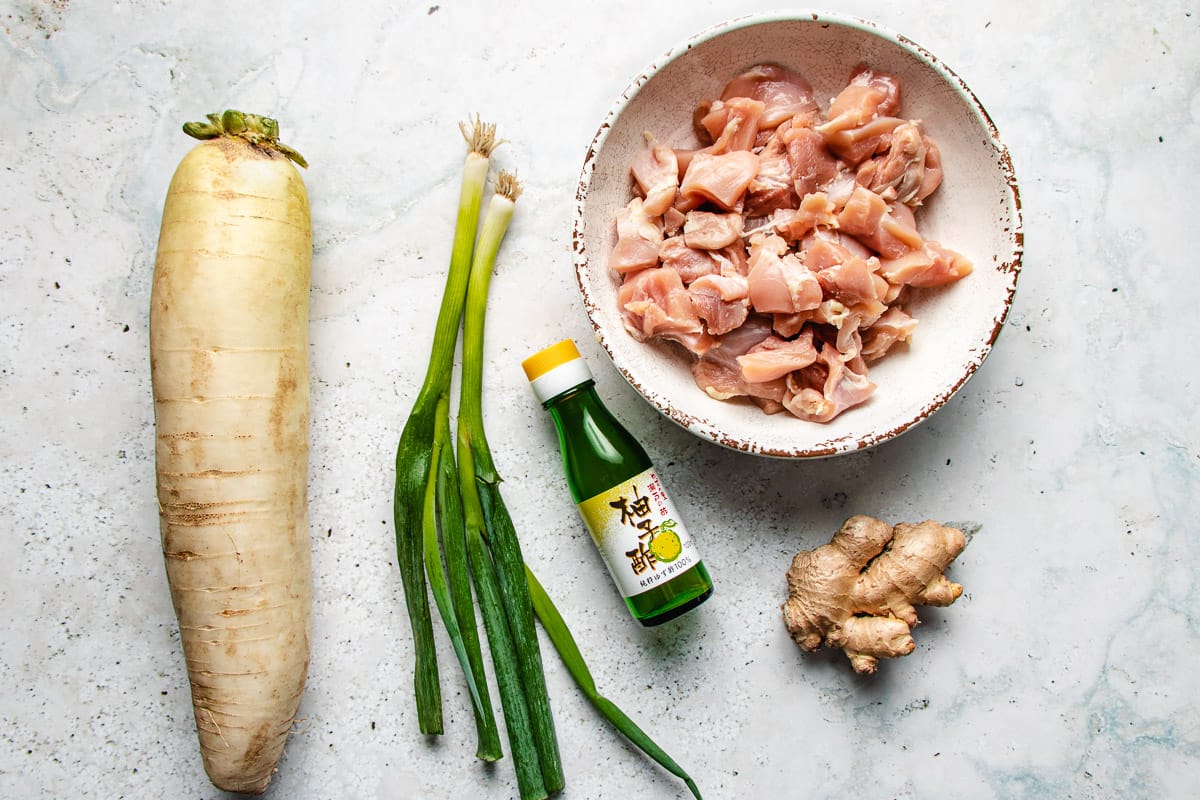

What is a Daikon Radish?
Daikon is a root vegetable that belongs to the radish family. It looks like carrots but in white color and much larger in size. It’s a winter vegetable but available year-round.
Daikon radish is widely used in Asian cooking. It’s considered a healthy food and has detoxifying benefits that eliminate fats and excess toxins. It also helps improve digestion and blood circulation.
Raw uncooked daikon has a peppery taste and is slightly pungent. The flavor, however, becomes mellow and mildly sweet, once it’s cooked. The closest flavor is similar to turnips though turnips are more spicy and pungent than daikon.

What does daikon taste like
Compared it to other types of radishes, daikon is mild in flavor and less peppery. When served raw, it’s crunchy, crisp, and juicy. Once it’s cooked, the flavor becomes mildly sweet.
Health benefits of Daikon Radish
Daikon is low in calories, and cholesterol but high in fiber. Some reported benefits include being high in Vitamin C, potassium, and phosphorus. Because it has beneficial enzymes that aid in digestion, it’s often considered a superfood that helps reduce inflammation, remove toxins, and weight management.
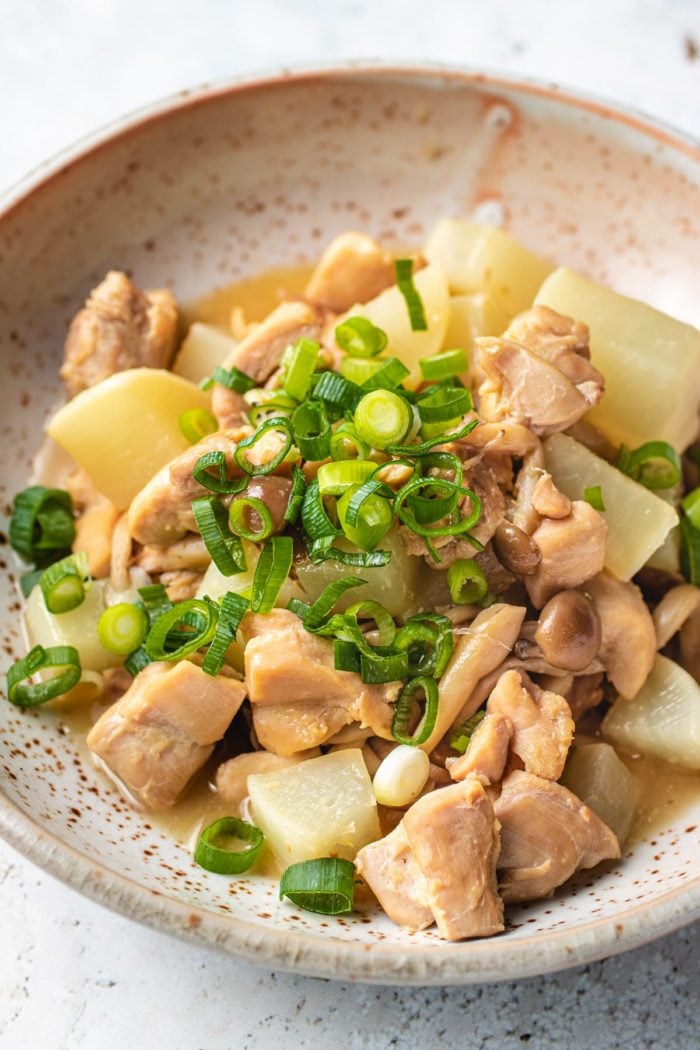
Where to buy daikon
You can find daikon in Asian grocery stores. I’ve seen them in Whole Foods Market or even local well-stocked grocery stores. Farmer’s market is a good place to find it, too.
How to select daikon
Select one that has firm, smooth, and beautiful shiny skin. The leaves are light green and fresh looking. It should feel heavy, and plump in your hands.
How to store daikon
Daikon stores well in the freezer. Wash and scrub it clean and peel the outer skin with a vegetable peeler. Dice it into cubes or rounds and store it in a freezer-friendly bag. After it’s frozen, it’s best to add it to soup and stew types of recipes—no need to defrost.
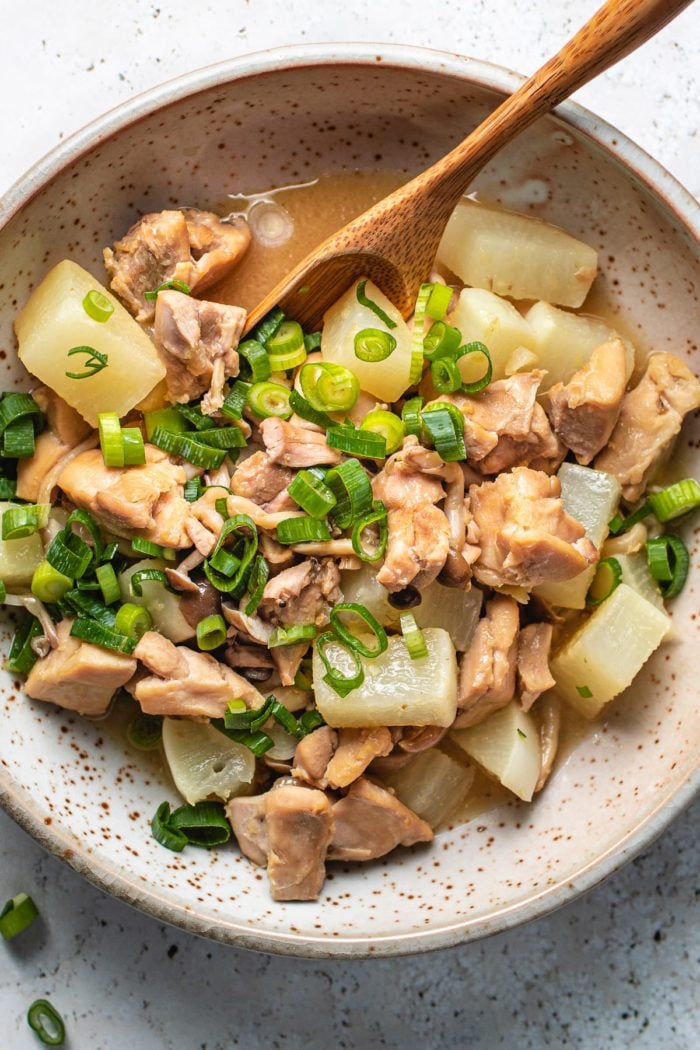
Tips on making this dish and ingredient substitutes
Daikon substitutes
Turnips are the closest substitute to daikon radish. Turnips have a stronger peppery taste than daikon but the texture and flavor will give you the closest taste.
Yuzu sauce substitute
Yuzu juice substitute = 1:1 ratio of lemon and lime juice with a touch of orange or grapefruit juice.
How to make the dish
The ingredients are minimal. You’ll need chicken, daikon radish (or turnip), ginger, chicken stock, coconut aminos (or light soy sauce), and a touch of yuzu juice (or lemon and lime juice) to fragrant the dish.
Saute the chicken with ginger then add the daikon and stock. Simmer it for 15-20 minutes until the radish is tender then add seasonings. The flavor is out of this world light and fragrant yet savory at the same time. You’ll be surprised how delicious it tastes with so few ingredients.
What to serve with the Simmer Daikon Radish Recipe
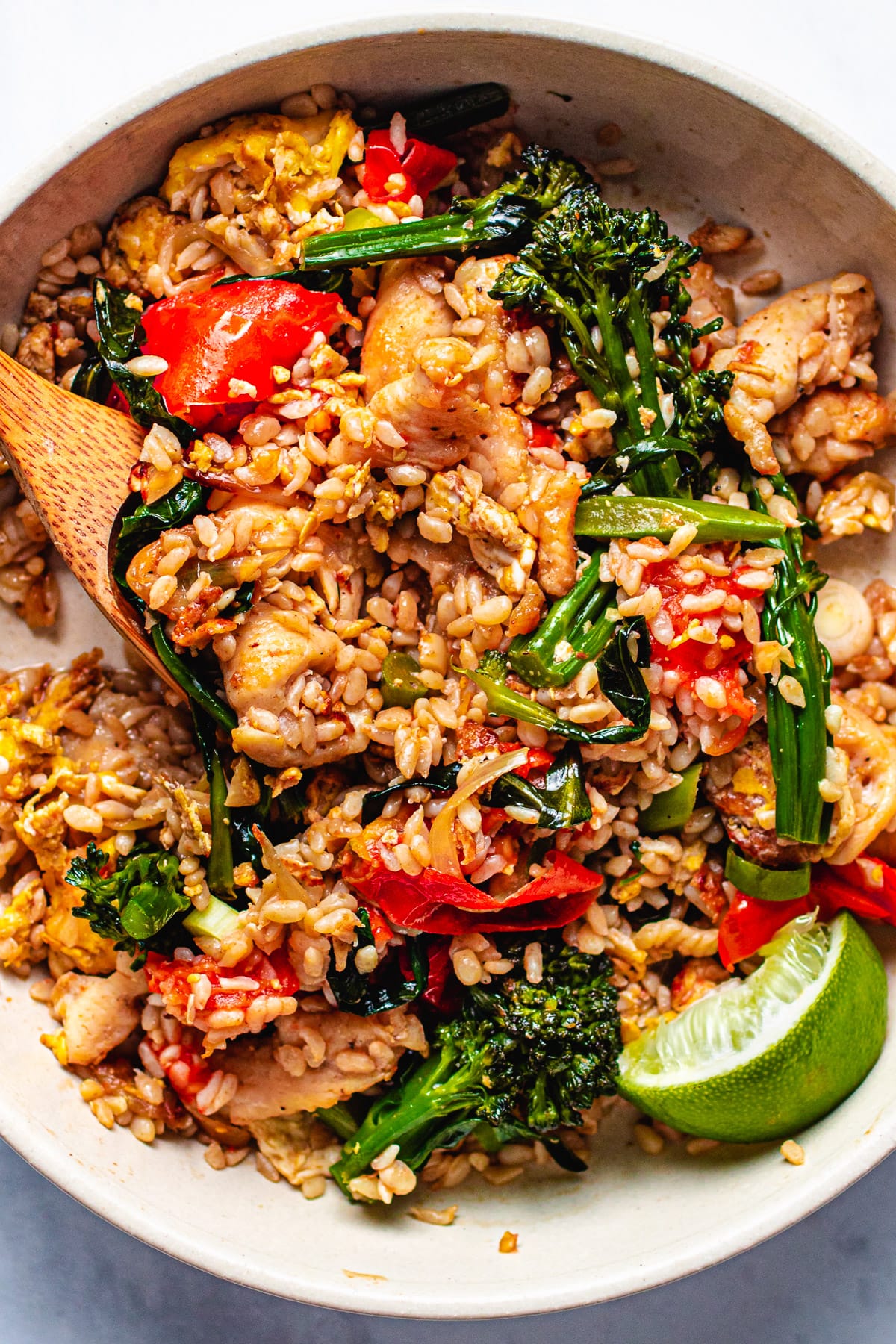

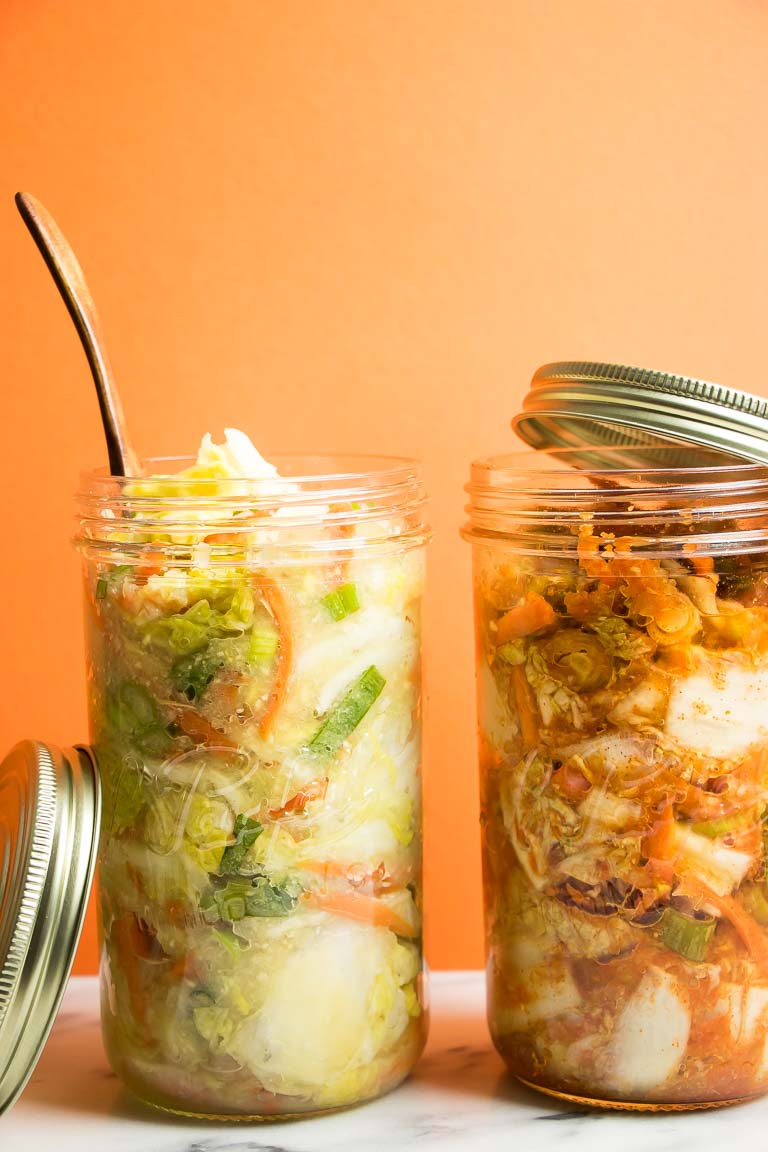
- Easy Kimchi Recipe
- Keto Sushi Rolls
- Easy Roasted Cauliflower Recipe
- Keto Thai Fried Rice
- Bang Bang Shrimp Recipe
- Broccoli Fried Rice
- Garlic Fried Rice
- More Low Carb Meal Prep Ideas
- More Whole30 Meal Prep Recipes
Delicious healthy low-carb dishes
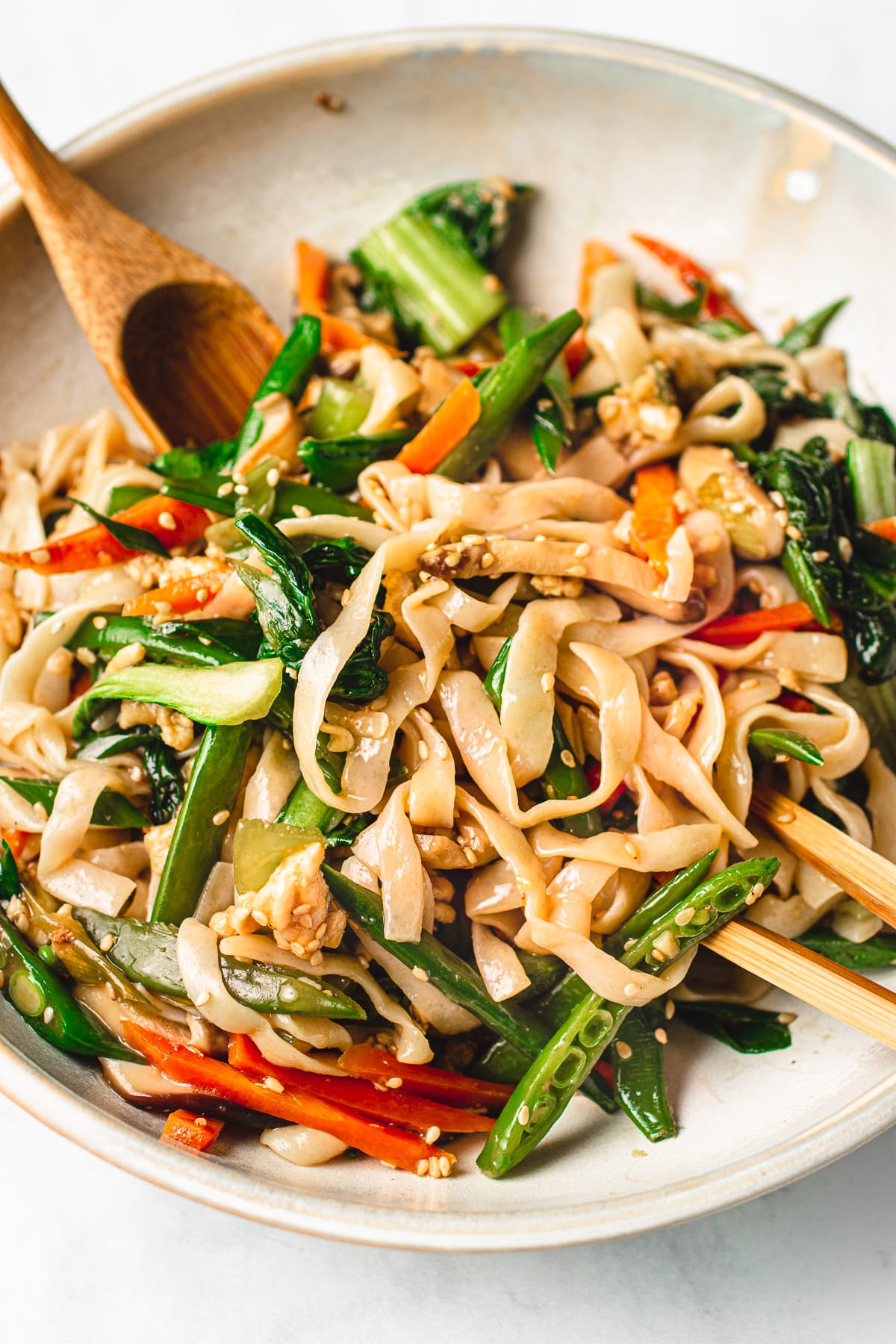

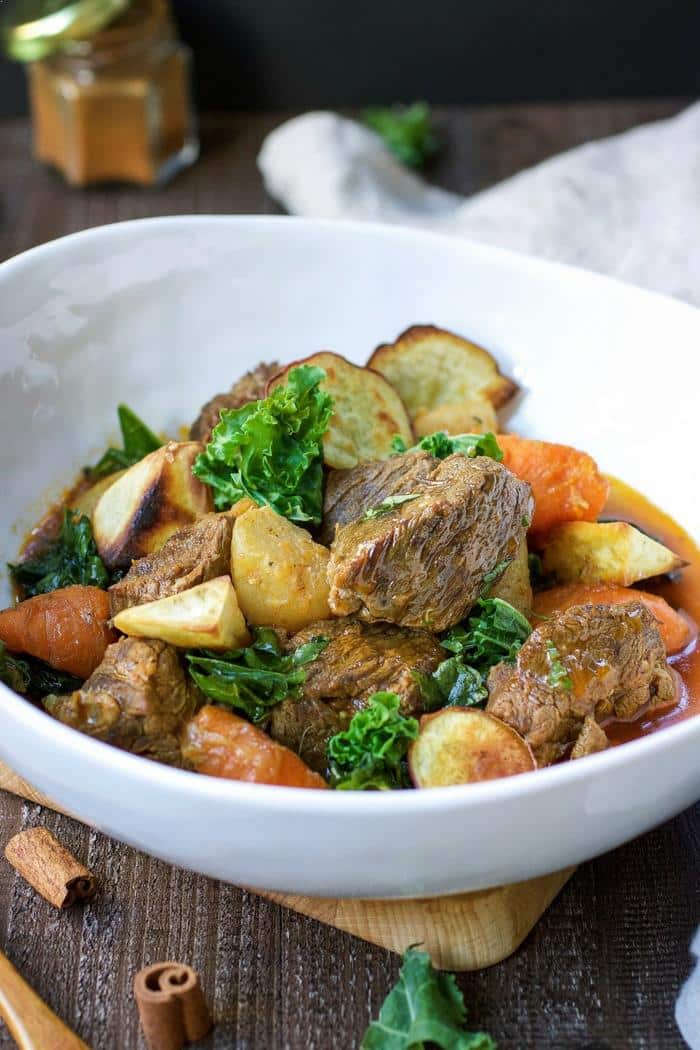
- Keto Potstickers
- Keto Lo Mein
- Chicken Bone Broth
- Vietnamese Beef Stew Bò Kho
- Chinese Chicken Sparerib Soup
- Keto Mongolian Beef
- Instant Pot Chinese Chicken Soup
- Baked Turmeric Chicken Thighs
This simmered daikon radish with chicken in yuzu sauce might be new to some of you but this dish offers the most delicate flavor without being heavy or bland. It tastes savory and mildly sweet and with a citrus grapefruit/mandarin orange undertone. It’s full of delicious Asian flavors and good for health all year round. If you are new to this vegetable, pick one up from the grocery store and give this recipe a try! It could easily become one of your favorite vegetables and a one-pot meal!
After you make this dish, please leave a recipe comment and rating on the post. My audience and visitors love reading about your experience and learning tips and tricks from each other. It also helps my blog grow organically with your help. Thanks so much!
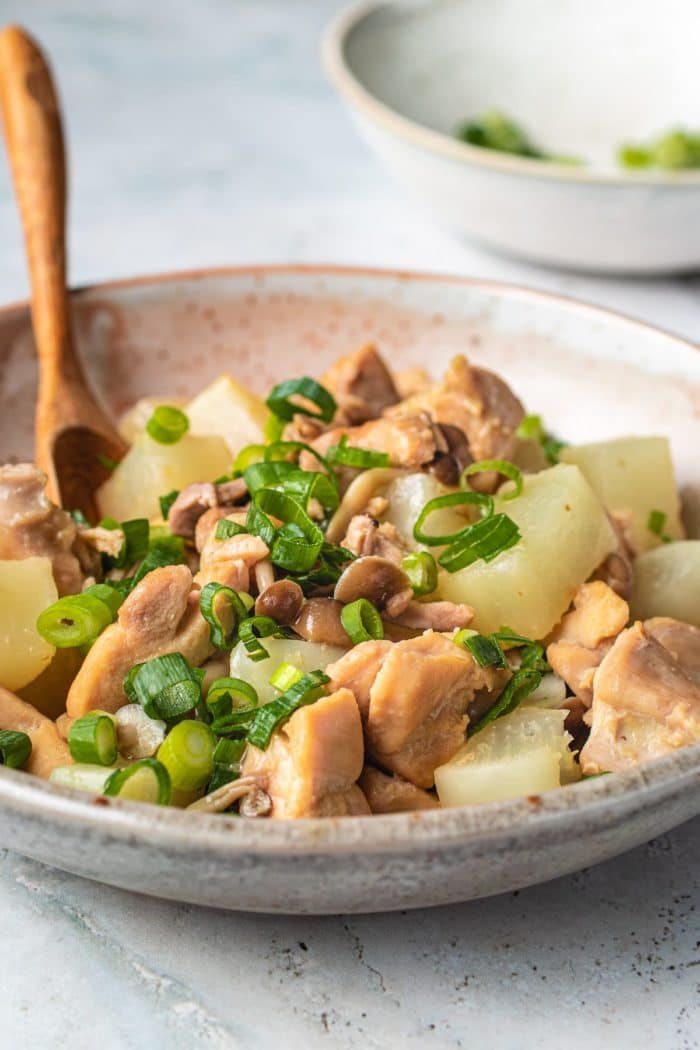
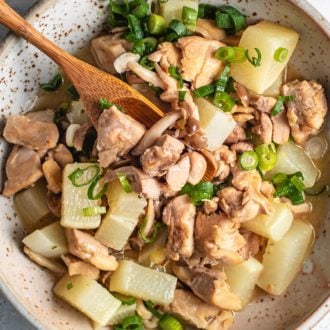
Simmered Daikon Radish with Chicken in Yuzu Sauce
Ingredients
- 1 lb. Daikon radish, see notes for substitute
- 1 lb. Chicken thighs, boneless and skinless
- 3.5 oz brown or white beech mushroom, optional
- 1 tsp arrowroot starch
- 1.5 tbsp avocado oil
- 2-2.5 tsp grated ginger
- 1 tsp coarse sea salt, plus more to taste
- 1 cup chicken or vegetable stock
- 1 to 1.5 tbsp yuzu juice, see notes for substitute
- 1.5 tbsp coconut aminos
- 1-2 bulbs scallions, chopped
Instructions
- Slice off both ends of the daikon radish. Rinse and scrub under tap water. Pat dry and use a peeler to peel off the outer skin. Dice it to cube shape, about 1 to 1 ½ -inch cubes.
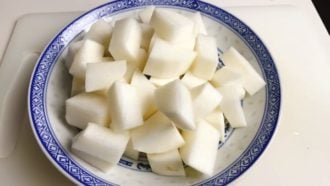
- Dice the chicken to 1 ½ -inch bite sizes. Slice off the bottom end of the mushrooms and break them to pieces, if using. In a small bowl, make a slurry with arrowroot starch and 1 tbsp water.

- Preheat a large stir-fry pan or Dutch oven over medium heat until it feels warm when placing your palm near the surface, about 2-3 inches away. Add the oil, chicken, ginger, and 1 tsp salt. Saute over medium-high heat for about 3 minutes.

- Add stock, daikon radish, and mushrooms. Make sure the radish cubes are in contact with the liquid. Cover with a lid and bring it to boil, about 3-4 minutes.

- Then lower the heat to medium-low and simmer for 15-20 minutes or until the daikon turns soft and can easily be poked through with a fork or chopstick. The color will turn from pale to translucent. Stir the pot periodically to ensure even cooking.

- Season with yuzu juice and coconut aminos. Stir the slurry one more time before adding it to the pot. Gently toss for 30 seconds to thicken the sauce. Off heat, taste and add more salt, if desired.

- Garnish with scallions. Serve warm.

Notes
Nutrition
Made a dish and love it? Please remember to rate the recipe and leave a comment in the comment section below! It helps my blog grow organically so I can continue sharing free and awesome content with you. Thank you!





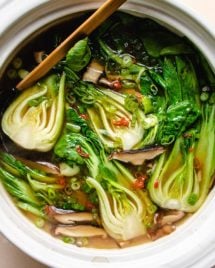



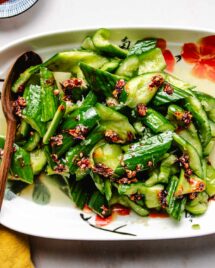
I have made this dish countless times and it’s a favorite. I actually double the broth to make it more of a soup and do not add potato or corn starch. I found yuzu juice at an Asian market but have also mixed lemon and lime juice as an alternative. Serve it with a little rice-perfection. Highly recommend!
Thank you, Alice. We love daikon. Goes well with everything, especially chicken or baby pork ribs in my opinion!
This recipe was delicious – yuzu is delicious and so is coconut aminos aka coconut nectar seasoning – daikon is also amazing just a mild radish – delish – I just love stir fry’s and this is by far the most flavorable
This recipe is so easy and so amazing. It is such a comfort food when served over rice. It’s like the Asian chicken and rice. I love it so much. I’ve substituted lemon juice and soy with great results. I’ve made it twice and it is on my winter rotation!
Wonderful. So glad you give daikon a try!
What a great recipe! Thank you for outlining a few of the substitutions for coconut aminos and yuzu juice so don’t let that scare you away. Really easy and very tasty. I did toss in a small chopped onion into the pan a few minutes before the stock got added as I didn’t have any scallions for a final touch. Chihyu is right on with the Daikon Radish ending up with a lovely lightly sweet undertone. This dish is going into our short list rotation! I did toss it on top of some brown rice which was a great combo. Thank you Chihyu! Awesome dish!
Thank you, David! This is a simple and humble family meal and healthy, too! 🙂
Hi. May I ask, does this freeze well after cooked?
Yes! It’s perfect!
Amazing. I’ve been struggling to find a keto comfort dish that reminds me of home. This dish filled my home with all the familiar smells and tastes like Lola’s ginisang upo. This will be a regular addition to my dinner rotations but I will add garlic and patis.
That sounds amazing and so happy to hear you like daikon as much as I do! It’s a must make ingredient every winter for me 🙂 I’ll have to google the lola ginsang upo. I have feeling it’s super yum!
Can’t wait to try this! I live in Japan and have always wondered how to use the giant white carrot! 🤣 Can’t wait to try this! 😍
It’s a great and easy dish, plus super healthy!
I was surprised how delicious this recipe is! I substitute the yuzu sauce with lemos, lime and grapefruit juices.
That sounds great! Yes! This is a super simple, light, and healthy dish! Thanks to daikon!
I am a terrible cook but wanted to try something new and easy! Absolutely LOVED this dish!! Even eating this alone without rice on the side was a delight! I will definitely be making this again!
Thanks for sharing, Vanessa! So glad you gave this dish a try!
I made it last night for dinner and we (my husband) loved it.
I skipped the Yuzu sauce and it still tasted great!
Fantastic. Thanks for sharing!
Just made this tonight! So good and easy. I added gai lan for an extra green. I will definitely be making this again. Thank you!
That’s fantastic! Love Gai Lan, too!
This was absolutely amazing! Thank you so much!
So dang gooood!!! The yuzu sub sauce really makes it, I think. (Used mix of lemon, lime, and orange). Also I added in some sliced cabbage that I needed to use up. Subbed corn starch for arrowroot powder, but looking into buying some arrowroot to make the switch 🙂
Will certainly make again!
That’s awesome! Thanks for sharing and I love the combination you used!
This was delicious! My husband and 7yo raves about it. We put brown rice as a base. Didn’t have yuzu so I just substituted fresh lemon juice and used regular soy bc I didn’t have light. Definitely would make again!
I really want to give this recipe a try (if I can find some daikon), but I was wondering if I could find a way to translate this into an instant pot? And once its done being cooked can it be frozen and stored to be eaten later? I want to make it as something light but filling to take to work.
My wife and I made this tonight – it was fantastic!! I don’t cook with daikin often, and I should do so more! The recipe earned a place in our list of quick, healthy, favorites. Thanks!!
Thank you, Jeff! So happy to hear! Yes. It’s a simple homemade meal that I learned while in Japan. 🙂